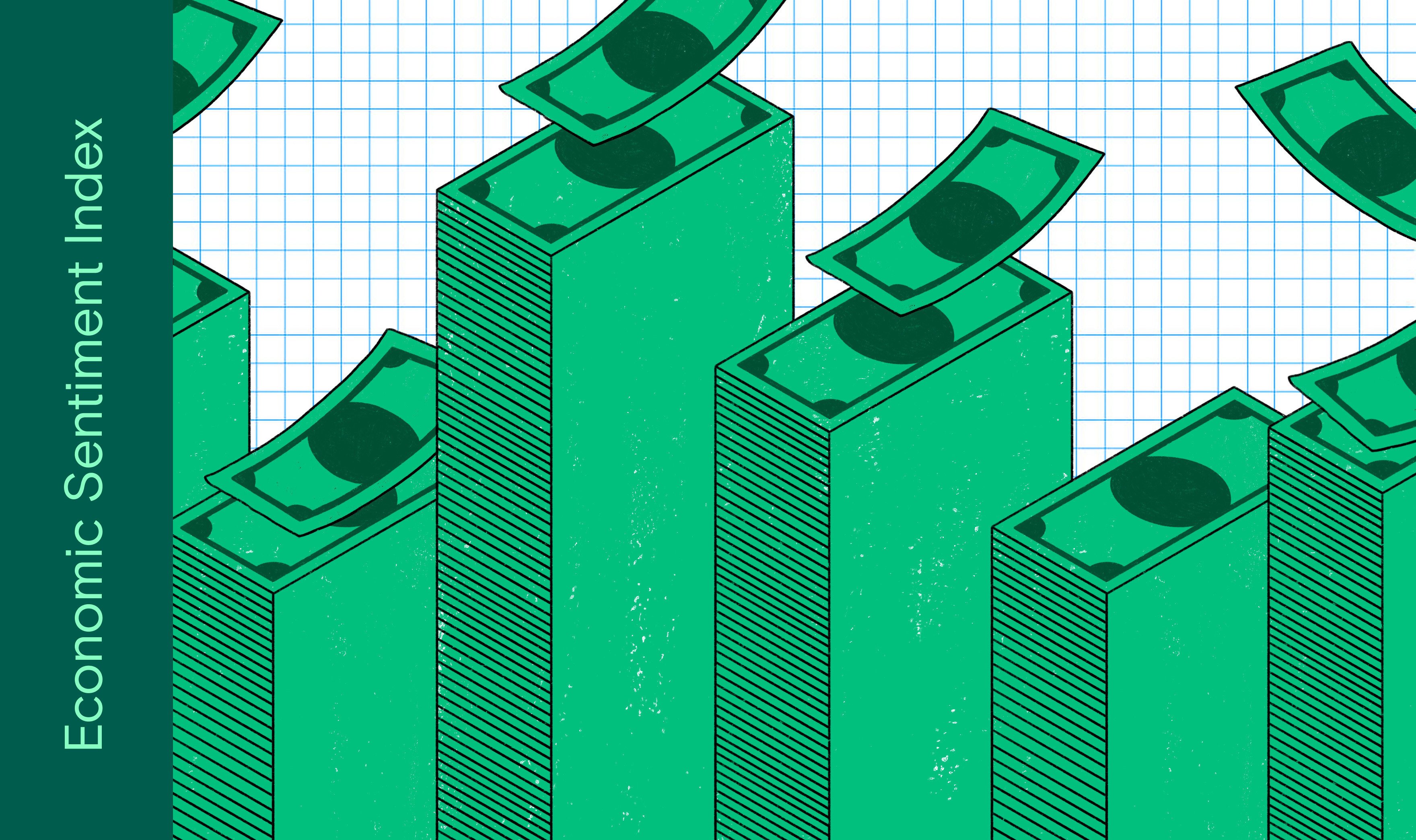Economic sentiment dips to its lowest point this year

Economic sentiment decreased over the last two weeks, falling for the third consecutive reading to its lowest point since December. The Penta-CivicScience Economic Sentiment Index (ESI) decreased 1.2 points over the last two weeks to 34.5.

Four of the ESI’s five indicators decreased over the past two weeks. Confidence in personal finances decreased by 3.5 points, falling to 53.2, marking that indicator’s largest single-period decrease in over a year.
—Confidence in finding a new job fell 1.3 points to 36.4.
—Confidence in making a major purchase fell 1.3 points to 24.1.
—Confidence in the overall U.S. economy fell 0.8 points to 36.6.
—Confidence in buying a new home rose 1.1 points to 22.5.
The February 2024 jobs report showed nonfarm payroll employment increased by 275,000 in February. This increase beat economics’ predictions, in part due to hirings in health care and by the government. Despite this increase, the unemployment rate rose to 3.9 percent, up from 3.7 percent in January and marking the highest rate since January 2022.
Federal Reserve Chair Jerome Powell traveled to Congress on March 6 to make his semi-annual testimony before lawmakers. Here, Powell affirmed that he does not believe the U.S. is in or at risk of a recession. Powell also claimed that the Fed believes that the “policy rate is likely at its peak for this tightening cycle,” but that rate cuts “really will depend on the path of the economy.” Atlanta Fed President Raphael Bostic echoed Powell’s sentiments, stating “Only when I gain that confidence will I feel the time is right to begin lowering the federal funds rate.”
The prospect of rate cuts was made more unlikely following the release of the U.S. Bureau of Labor Statistics’ February Consumer Price Index. The Bureau reported that core CPI increased by 0.4 percent month over month in February, and that prices rose by 3.2 percent over the last year. The Bureau reported that over 60 percent of this month-over-month increase was driven by the cost of gasoline and shelter. This is the second consecutive month that core inflation has increased by 0.4 percent.
The Federal Reserves’ “Beige Book” survey, which polled business across the Fed’s 12 districts the six weeks prior to February 26, found that eight of the Fed’s 12 regional banks reported a “slight to modest growth in activity.” However, this good news was also met with mixed data on the overall health of the U.S. economy. Specifically, the report detailed how consumers “became increasingly sensitive to price changes,” even though almost every district reported “some improvement in labor availability and employee retention.”
Despite these mixed results, Business Roundtable’s Q1 CEO Economic Index showed optimism in the U.S. economy, with the index increasing above its historical average for the first time since 2022. Specifically, the Index increased by 11 points, up from 74 in Q4 2023 to 85 in Q1 2024. This increase was largely driven by the “plans for capital investment” indicator, which increased 16 points to 78.

The ESI’s three-day moving average began this two-week stretch at 36.1 on February 28. It then rose to a peak of 36.5 on February 29 before decreasing to a low of 33.1 on March 3. The three-day moving average then trended upward to 35.6 on March 9 before falling to to 34.6 to close out the session on March 12.

The next release of the ESI will be Wednesday, March 27, 2024.